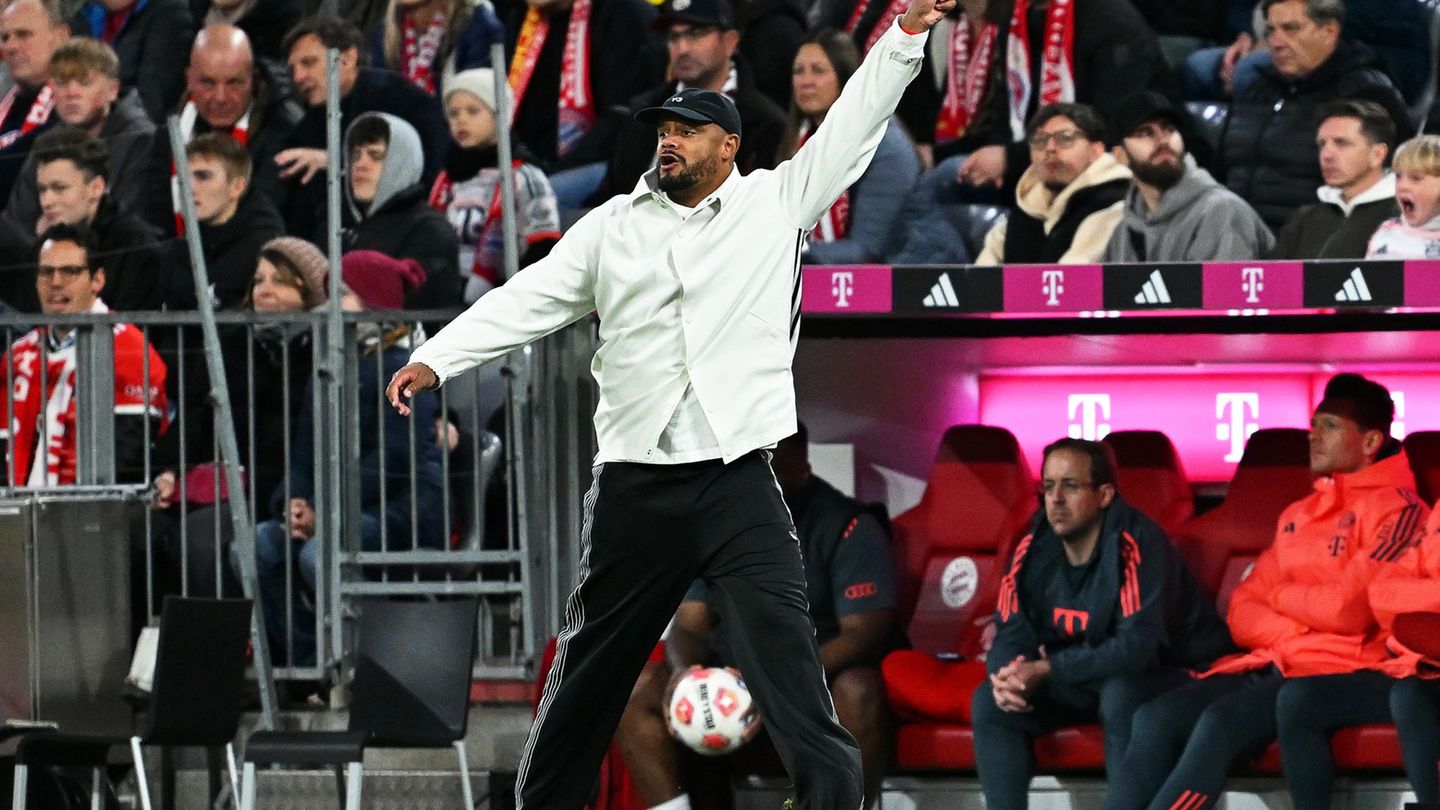VW continues to rely uncompromisingly on electromobility. In the future, the driving dynamics and a sophisticated digital architecture should secure the Wolfsburg-based carmaker’s place in the sun. The basis for this offensive is a further development of the MEB; which should enable a range of 700 kilometers in the middle of the decade.
So times have changed. Ferdinand Piëch once placed a coin on end of an eight-cylinder to demonstrate the smooth running of the engine, now the Lower Saxony car manufacturer presents the balance sheet of the damage caused by natural disasters. In 2020 alone it was $ 210 billion. VW gives everything to give the thoroughbred environmental apostle. “We are committed to the Paris climate agreement, says VW series manager for electromobility Andreas Krüger. The very noble goal for the Wolfsburg-based company is also an escape forwards. After all, they are fully committed to electromobility and are initially investing around 35 billion euros.
The start did not always go completely smoothly. The ID.3 was plagued by software problems that the technicians were only gradually coming to grips with. That doesn’t change the fact that the MEB debut is now enjoying growing popularity: around 103,000 Europeans have currently ordered the VW ID.3 and around 48,000 the ID.4. “Now it’s slowly starting to be fun, now it’s time for the freestyle”; Andreas Krüger is pleased and implicitly admits that the bumpy start of the ID.3 did not always lead to a party mood. Most recently, the Wolfsburg-based company presented the ID.4 GTX with 220 kW / 220 PS, for the time being the top performance of the series, analogous to the GTI models for vehicles with combustion engines. But it won’t stay that way. “We still need emotional products. The GTX is not the end of the flagpole, I am sure that something will come,” says VW Technical Director Thomas Ulbrich. It is quite possible that the power variant will have the letter R in its name. It makes sense in any case, because 220 kW / 290 PS does not attract any electro mobility agility fan from behind the stove. “Driving dynamics will remain an important VW criterion in the future,” explains Ulbrich.
VW model offensive
The VW model offensive continues: The sporty electric SUV Coupè ID.5 should attract more customers. In China, the spacious ID.6 will be in the showrooms of dealers this autumn. In Europe, the Aero B, a shooting brake, is to strengthen the position of the Wolfsburg-based car manufacturer in 2024, which the popular Elektrobulli (ID.Buzz) will certainly achieve by 2023 at the latest. The “Small BEV” appeals to a completely different clientele, which VW sees as a compact electric vehicle that will be available for around 25,000 euros. This vehicle was originally planned for 2027 and should now be on the market as early as 2025. VW is running late and is feeling the pressure of the competition. Even if for Thomas Ulbrich the “price rocker between combustion engines and electric vehicles is tilting” and the Lower Saxony does not advance into price regions with the small electric vehicle of his opinion, is currently difficult for electric vehicles, others like Dacia create Spring Electric with the e-crossover , which can be had for a good 20,000 euros, is already facts. In order to convince the cost-conscious electric car enthusiasts, the e-flea will have to offer quite a bit of range and sophisticated technology.
A lot should also happen under the cover in order to keep VW competitive in the future. After all, the competition never sleeps. “The MEB is still too conventional at the moment,” admits Thomas Ulbrich. Some things should be done wirelessly. VW is aiming for a charging capacity of 250 kW and by the middle of next year at the latest, the electric vehicles from Wolfsburg should also be able to charge bidirectionally, i.e. become part of the power grid. Then the fear of electricity should be a thing of the past. “With an ingenious battery management system, VW wants to counteract the legitimate concern that the batteries will age when charging and discharging. In addition, the range is to be improved with software updates.
No MEB revolution
But you shouldn’t expect big jumps from it. They come through an improvement of the MEB modular system, which should be implemented by around the middle of the decade. Then ranges of up to 700 kilometers should be possible. The VW Trinity will be based on this MEB Evo in 2026. Then the architecture should have a significantly higher proportion of aluminum than has been the case up to now and should be significantly lighter. Carbon currently plays just as little role in the plans of the Wolfsburg-based company, as do exchangeable batteries such as those used by the Chinese car maker Nio. But Thomas Ulbrich is not worried about the future of his company. “At some point you also have to earn money with electric cars,” the technical director taunts in the direction of the Chinese competition, but adds: “We want to stay at the forefront in terms of technology and mustn’t take a break, otherwise you will fall behind in China.”
The key to this top position are digital services and, above all, a dedicated operating system (Operation System / OS). “The OS is the backbone for the further evolution of cars, knowing the basic genetics of your own vehicles is very important,” explains Thomas Ulbrich, thus wiping away any speculation that VW could join forces with other car manufacturers off the table. At the same time, the VW board gives hope to all electric car drivers plagued by charging cards: “That will be resolved in three to five years.”
David William is a talented author who has made a name for himself in the world of writing. He is a professional author who writes on a wide range of topics, from general interest to opinion news. David is currently working as a writer at 24 hours worlds where he brings his unique perspective and in-depth research to his articles, making them both informative and engaging.



